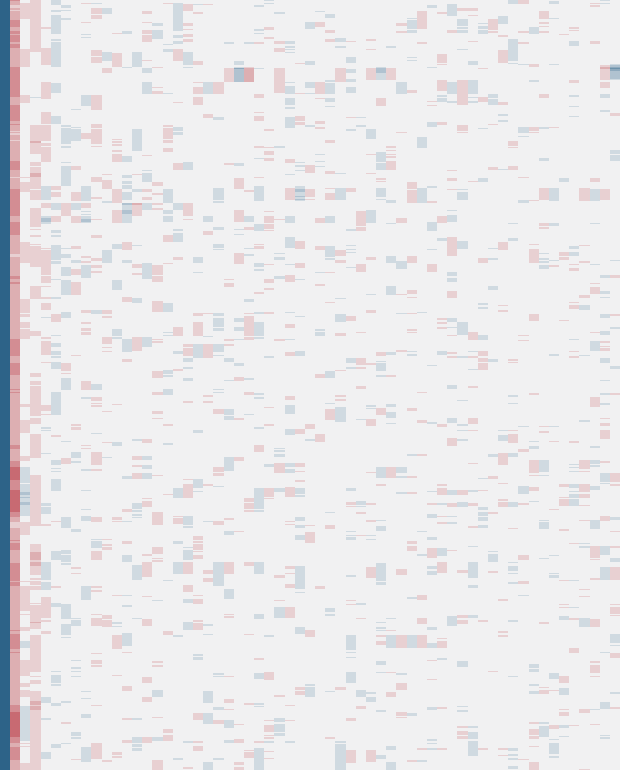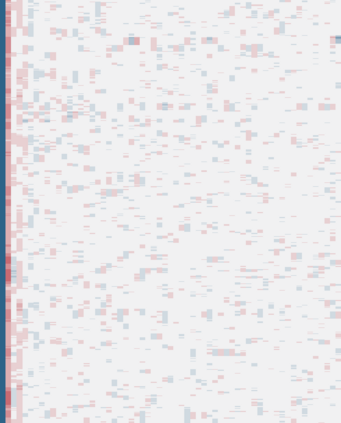Over the past few years, eXtended Reality (XR) has attracted increasing interest thanks to its extensive industrial and commercial applications, and its popularity is expected to rise exponentially over the next decade. However, the stringent Quality of Service (QoS) constraints imposed by XR's interactive nature require Network Slicing (NS) solutions to support its use over wireless connections: in this context, quasi-Constant Bit Rate (CBR) encoding is a promising solution, as it can increase the predictability of the stream, making the network resource allocation easier. However, traffic characterization of XR streams is still a largely unexplored subject, particularly with this encoding. In this work, we characterize XR streams from more than 4 hours of traces captured in a real setup, analyzing their temporal correlation and proposing two prediction models for future frame size. Our results show that even the state-of-the-art H.264 CBR mode can have significant frame size fluctuations, which can impact the NS optimization. Our proposed prediction models can be applied to different traces, and even to different contents, achieving very similar performance. We also show the trade-off between network resource efficiency and XR QoS in a simple NS use case.
翻译:过去几年来,电子化现实(XR)因其广泛的工业和商业应用而引起了越来越多的兴趣,而且其受欢迎程度预计在未来十年内将急剧上升。然而,由于XR互动性质的严格服务质量(Qos)限制,需要网络切除(NS)解决方案来支持其在无线连接中的使用:在这种情况下,准同步比特率(CBR)编码是一个有希望的解决办法,因为它可以提高流的可预测性,使网络资源分配更容易。然而,XR流的交通特征仍然在很大程度上是一个尚未探讨的主题,特别是这种编码。在这项工作中,我们将XR流定性为在实际设置中捕捉到的4小时以上痕迹,分析其时间相关性,并为未来框架大小提出两种预测模型。我们的结果显示,即使是最先进的H.264 CBR模式也会产生巨大的框架大小波动,从而可以影响NS优化。我们提议的预测模型可以适用于不同的痕迹,甚至不同的内容,从而实现非常相似的性能。我们还可以在NSSQ资源效率和 XQ之间展示一个简单的交易案例。







